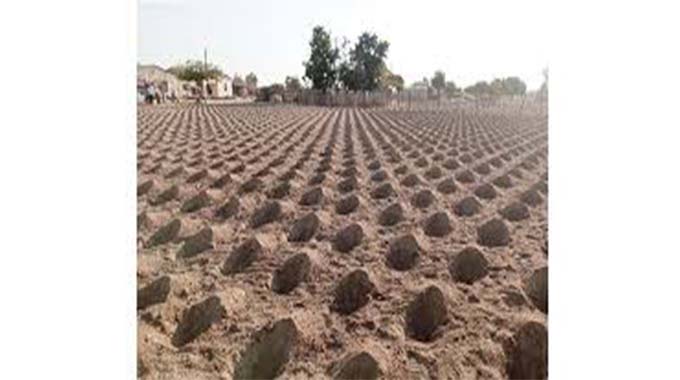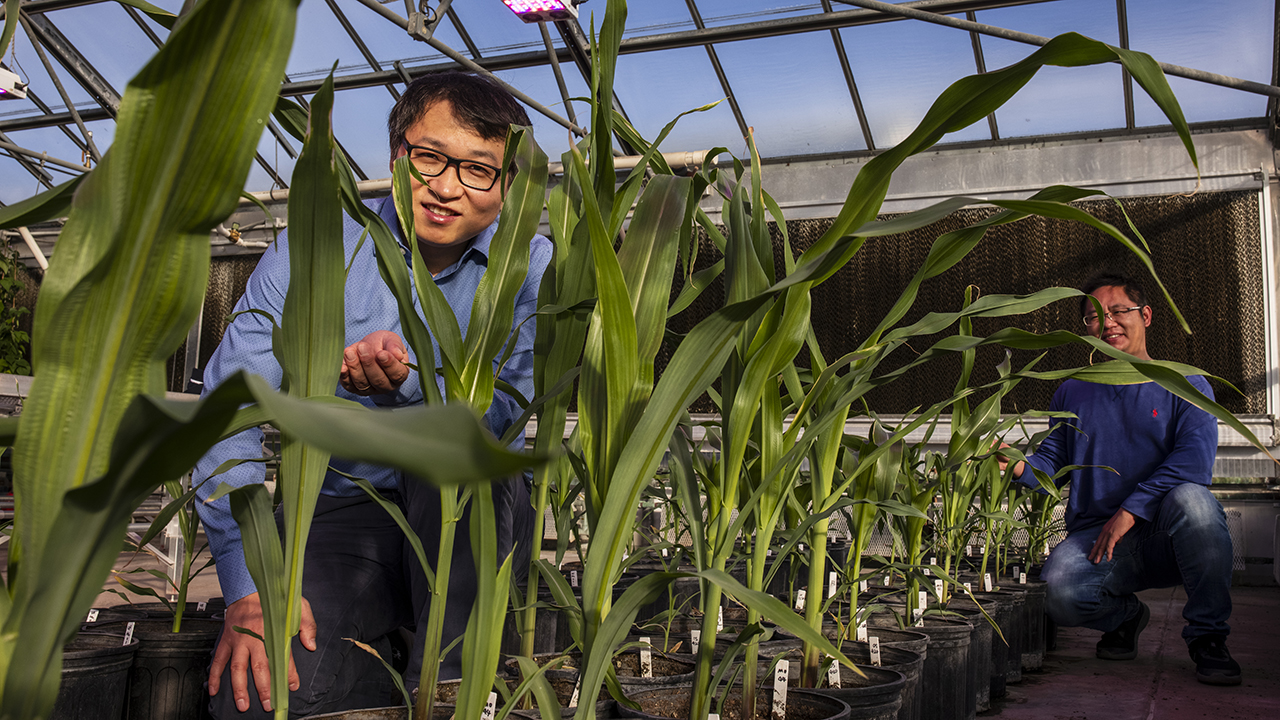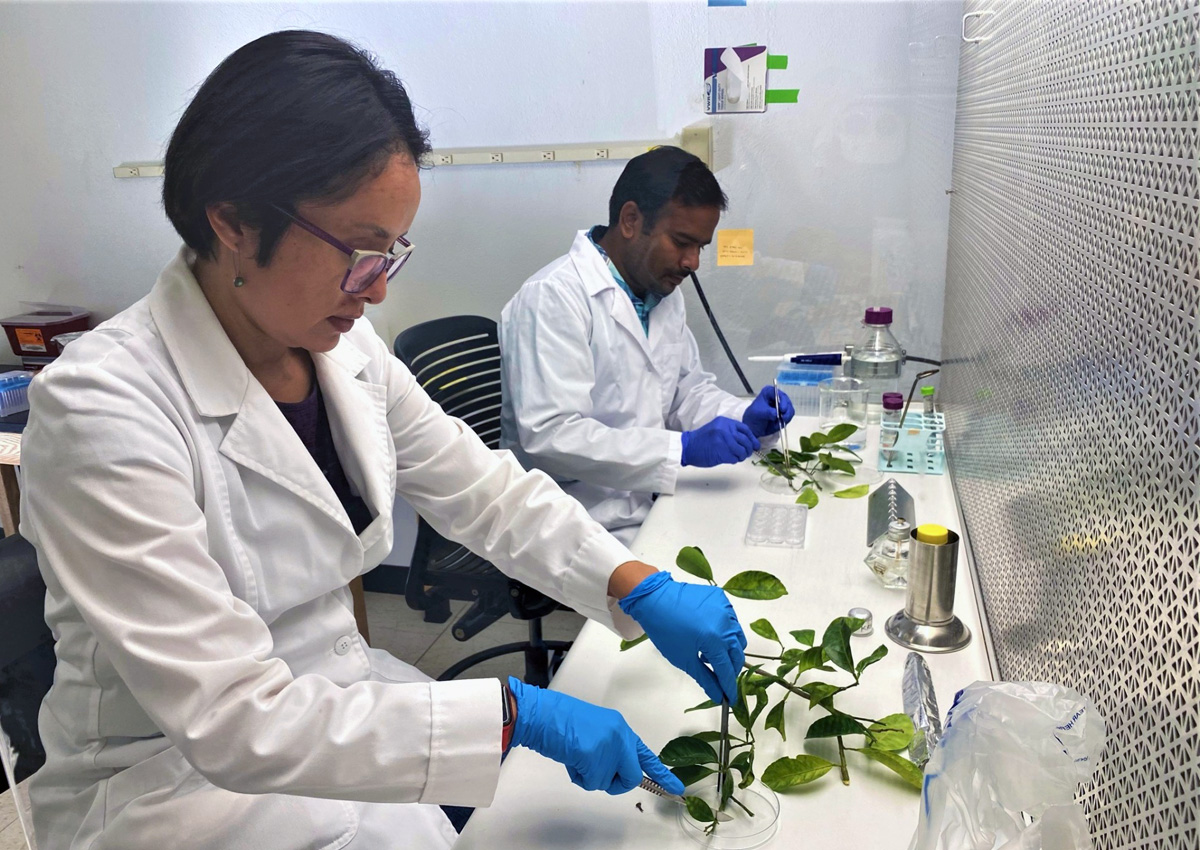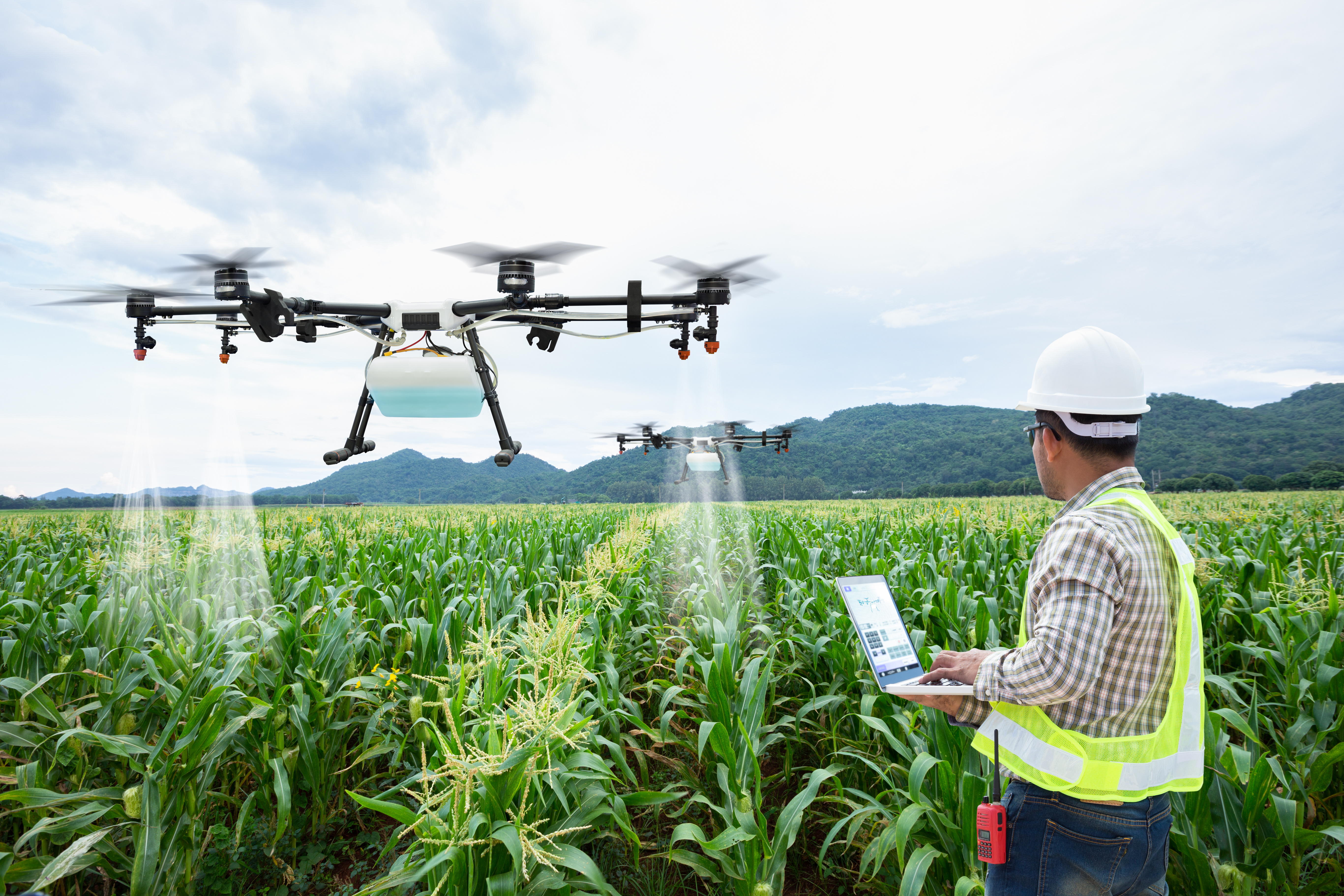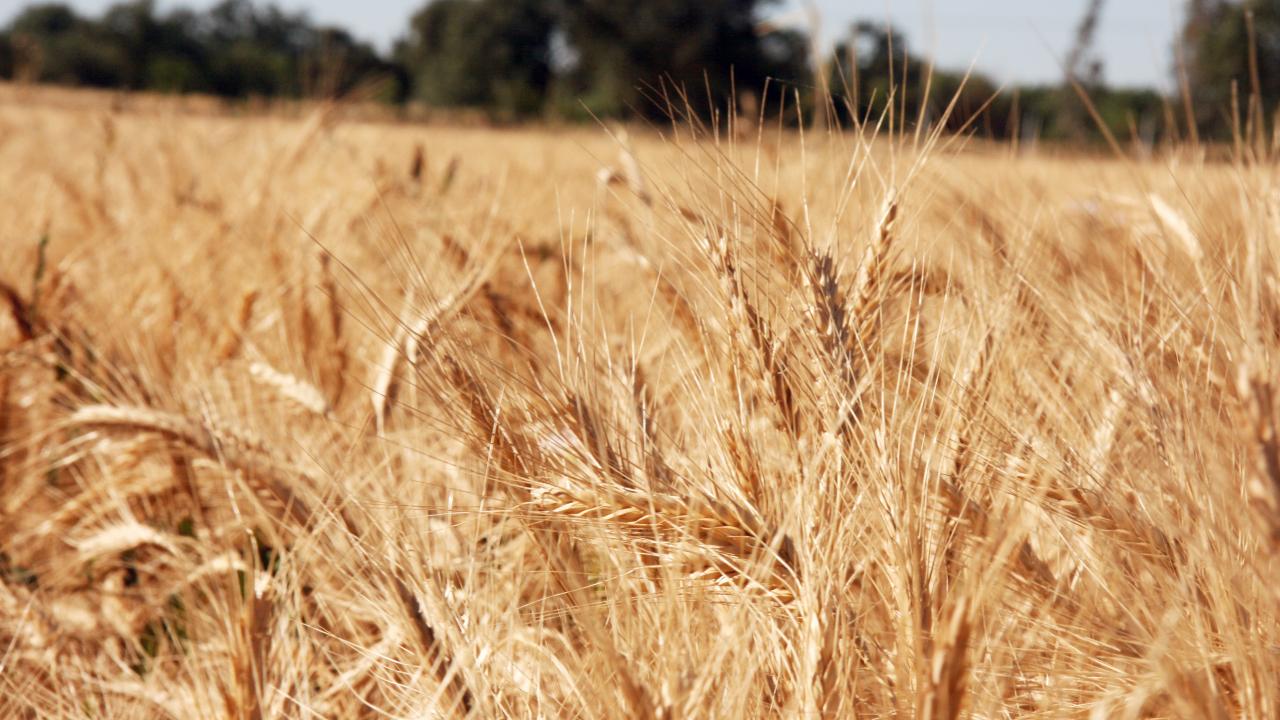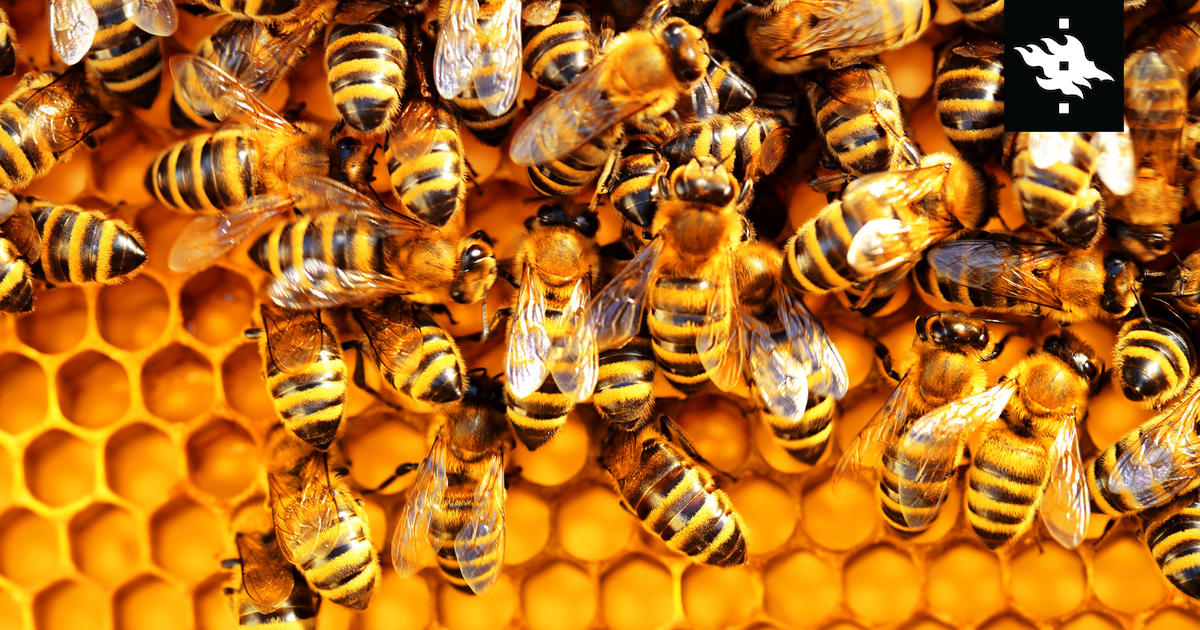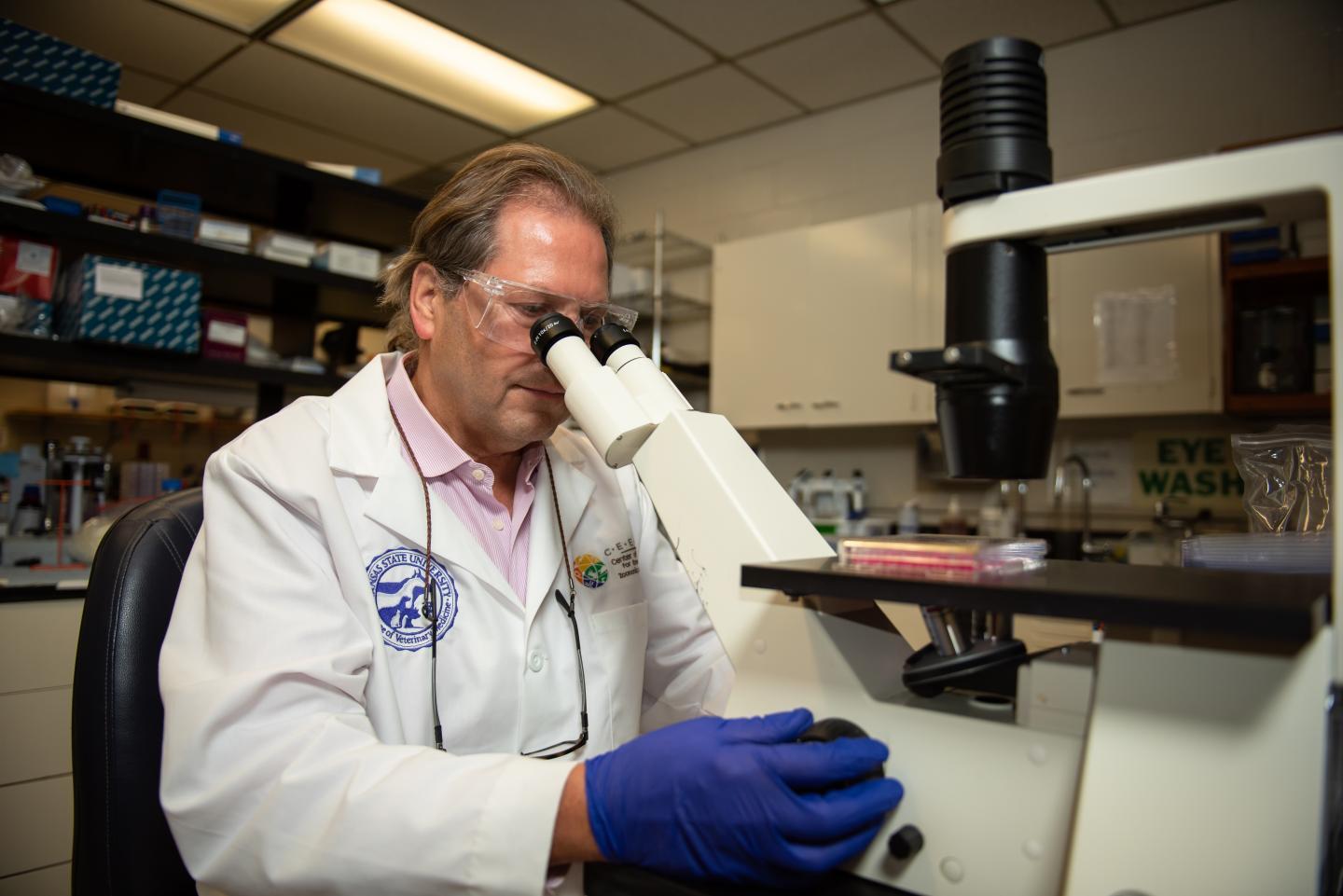 John LaRose Jr.
John LaRose Jr.
Topics: Soil Health, Conservation/Tillage, Water, Sustainability, Research, World Hunger, World Population,
-
(0)
-
Bookmark
- Comments (0)
 John LaRose Jr.
John LaRose Jr.
Topics: Corn/Maize, Agriculture US, Education U.S. MidWest, GMO's, Research, Genes /Genetics, World Population,
Team IDs differences in gene-related activity between ancient, modern
Nebraska's Jinliang Yang and colleagues have shown how activating and deactivating genes, rather than swapping them out or rewriting them, may have directed the evolution of modern-day corn.
-
(0)
-
Bookmark
- Comments (0)
 John LaRose Jr.
John LaRose Jr.
Topics: Agriculture US, Education U.S. SouthWest, Crop Diseases, Research, Ag Innovation,
Texas AgriLife Makes Breakthrough in Fight Against Plant Diseases
Researchers from Texas A&M AgriLife have made a discovery that will help fight fastidious pathogens costing U.S. agriculture billions of dollars annually. For years, research scientist and associate professor Dr. Kranthi Mandadi and his colleagues at the Texas A&M AgriLife Research and Extension in Weslaco have been working on developing new biological technologies to fight fastidious or
-
(0)
-
Bookmark
- Comments (0)
 John LaRose Jr.
John LaRose Jr.
Topics: GMO's, Research, Government / Policies, Ag Australia/NZ,
Australian OGTR Invites Public Comments on GM Clover Field Trial
The Australian Office of the Gene Technology Regulator (OGTR) invites comments from the public to assess license application DIR 176 from PTM Solutions Australia Pty Ltd to conduct a field trial of white clover genetically modified for increased condensed tannins in leaves.
-
(0)
-
Bookmark
- Comments (0)
 John LaRose Jr.
John LaRose Jr.
Topics: Soil Health, Agriculture Global, Lamb/Sheep, Economics, Research,
Sheep show the contamination by microplastics in the agricultural soils of Murcia
In recent times, the increase in plastic residues has been reasserted as being a major environmental problem. This material, which is present in packaging and day-to-day objects, plays a decisive role ...
-
(0)
-
Bookmark
- Comments (0)
 John LaRose Jr.
John LaRose Jr.
Topics: Soil Health, Water, Sustainability, Research, Ag Innovation, World Population, Education,
Worm-like, soil-swimming robots to measure crop underworld | Cornell Chronicle
A Cornell project funded by two separate three-year grants will develop worm-like, soil-swimming robots to sense and record soil properties, water, the soil microbiome and how roots grow.
-
(1)
-
Bookmark
- Comments (2)
 John LaRose Jr.
John LaRose Jr.
Topics: Agriculture Global, Economics, Drones UAV, Sustainability, Research, Ag Tech, Education,
Robots in Agriculture: Council for Agricultural Science and Technology | Grainnet
In a new issue paper published on Nov. 16, the Council for Agricultural Science and Technology (CAST) outlined opportunities provided by ground and aerial…
-
(0)
-
Bookmark
- Comments (0)
 John LaRose Jr.
John LaRose Jr.
Topics: Wheat, Education U.S. West, Conservation/Tillage, Food/Nutrition, Sustainability, Crop Diseases, Research, Ag Innovation, Agronomy,
UC Davis receives grant to increase dietary fiber in wheat
Diets lacking fiber are linked to health concerns such as colon cancer and heart diseases, but Americans only consume 30 percent of the recommended daily amount of fiber. One way to increase fiber consumption is to produce wheat varieties that contain more fiber. The University of California, Davis, has a received a nearly $500,000 Seeding Solutions grant from the Foundation for Food & Agriculture Research (FFAR) to increase the dietary fiber content in wheat products. Bay State Milling, California Wheat Commission and Limagrain Cereal Seeds provided matching funds for a total investment of $959,997. “A small increase in fiber content in refined flour products can translate into a significant boost in the public’s consumption of dietary fiber.” said FFAR Executive Director Sally Rockey. “By developing wholesome food with more fiber, and the same great taste, we can lower the incidence of preventable, diet-related diseases.” Refined wheat flour, commonly known as all-purpose flour, is more popular than whole wheat flour in most industrialized countries, but lower in fiber. To increase fiber in refined flour, UC Davis researchers, led by Jorge Dubcovsky, are investigating ways to increase wheat dietary fiber using modified starch synthesis enzymes. The first generation of varieties with increased dietary fiber in the plant’s starch showed reduced grain yield, making the grain more costly for consumers. Dubcovsky’s team is developing a second generation of wheat varieties with high fiber in the refined flour but with a higher grain yield. Using genetic tools and molecular markers the researchers are identifying genes responsible for wheat yield, quality and fiber content. With this information, the researchers are testing combinations of wheat genetics, environmental conditions and growing practices that encourage high-yield and high-fiber crops. “Most of the refined flour is starch, so the trick is to hide the fiber in the starch,” said Dubcovsky. “We increased the relative amount of ‘r...
-
(0)
-
Bookmark
- Comments (0)
 John LaRose Jr.
John LaRose Jr.
Topics: Beekeeping, Research, Ag Europe, World Hunger, World Population, Pollinators, Coronavirus/COVID,
The first-ever insect vaccine helps bees stay healthy | University of Helsinki
The easily administered Dalan AH oral vaccine, previously PrimeBEE, could give invaluable support for food production worldwide.
-
(0)
-
Bookmark
- Comments (0)
11/20/2020 SOURCE: bioengineer.org
Credit: Kansas State University MANHATTAN, KANSAS -- Two recently published studies from Kansas State University researchers and collaborators have led
Two K-State studies focus on SARS-CoV-2 transmission in domestic cats, pigs
-
(0)
-
Bookmark
- Comments. (0)


